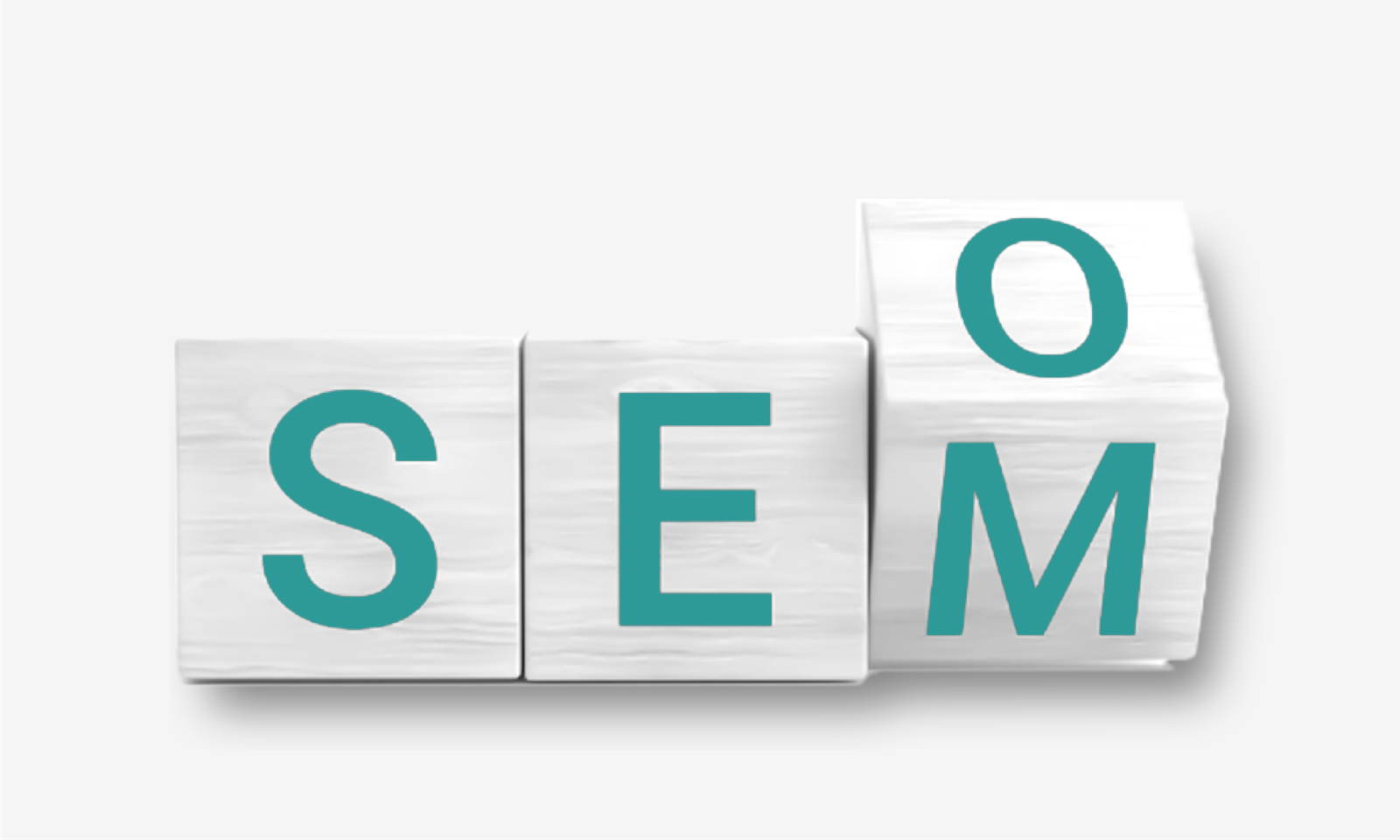In the world of digital marketing, two key strategies are supreme, one is SEO which is Search Engine Optimization and the other is SEM which is Search Engine Marketing. Both work to increase visibility and boost traffic to websites, but they achieve these goals through different means.
In this article, we’ll cover:
Definition and Differences: SEO vs. SEM.
- SEO Components: Keyword research, on-page/off-page/technical SEO.
- SEM Components: Instant visibility, targeted reach, flexible budgeting, and tracking.
- SEO Benefits: Credibility, higher click-through rates.
- SEM Benefits: Precise targeting, and real-time analytics.
- Cost Comparison: Time and effort vs. pay-per-click.
- Choosing: Budget, goals, potential combination.
1. SEO (Search Engine Optimization)
SEO is the process of optimizing a website to rank higher in organic search engine results. SEO focuses on improving various aspects of a website, such as content quality, keywords, tags, and backlinks, to increase its visibility in search engines like Google, Bing, and Yahoo. SEO is a long-term strategy that requires ongoing efforts and patience. Results may take time to materialize, but once achieved, they can be sustainable over time.
- Keyword research: Identify what people search for.
- On-page SEO: Craft content to match search intent.
- Off-page SEO: Gain trust and authority from other sites.
- Technical SEO: Ensure search engines find, crawl, and index content efficiently.
2. SEM (Search Engine Marketing)
SEM refers to the use of paid advertising to promote websites and increase visibility in search engine results pages. SEM involves bidding on keywords relevant to a business and creating ads that appear at the top or bottom of search engine results when users search for those keywords. If we talk about SEM then unlike SEO, which takes time to show results, SEM can generate immediate traffic and results. As soon as the ad campaign is launched and approved, ads can start appearing in search results.
- Instant visibility: SEM offers immediate placement on SERPs through paid ads.
- Targeted audience reach: SEM allows precise targeting based on keywords, location, and demographics.
- Flexible budgeting: SEM offers control over spending with adjustable budgets.
- Performance tracking: SEM platforms provide analytics tools for monitoring ad performance.
|
What are some benefits of SEO?
- SEO helps in building credibility and trust with users as websites that rank high organically are perceived as more trustworthy.
- It also leads to higher click-through rates, as users tend to trust organic search results more than paid ads.
What are some benefits of SEM?
- SEM offers precise targeting options, allowing advertisers to reach specific demographics, locations, and interests.
- It also provides detailed analytics and insights, enabling advertisers to measure the effectiveness of their campaigns in real-time.
How much does SEO & SEM cost?
Well the actual implementation of SEO techniques may not include direct costs, it requires significant time, effort, and expertise. However, the traffic generated through SEO is essentially free, making it a cost-effective option in the long run.
SEM operates on a pay-per-click (PPC) model, meaning advertisers only pay when users click on their ads. The cost of SEM can vary based on factors such as keyword competitiveness and bidding strategies.
SEO vs. SEM: Figuring Out Which Way Leads to Your Online Success
Budget: If you have a limited budget and can invest time and effort into long-term strategies, SEO may be the better option. However, if you need immediate results and are willing to allocate a budget for advertising, SEM can deliver quick wins.
Goals – Consider your marketing goals. If you aim for sustained organic traffic growth and brand visibility, prioritize SEO. On the other hand, if you want to increase website traffic quickly or promote specific products or services, SEM might be more suitable.
Combining Both: While SEO and SEM are different strategies, they can complement each other effectively. By using both approaches into your digital marketing strategy can maximize your online visibility and drive more qualified traffic to your website.
Conclusion
In conclusion, SEO and SEM are two essential pillars of digital marketing, each with its strengths and benefits. Understanding the differences between the two can help you make informed decisions and customize your marketing efforts to achieve optimal results.



Comments are closed